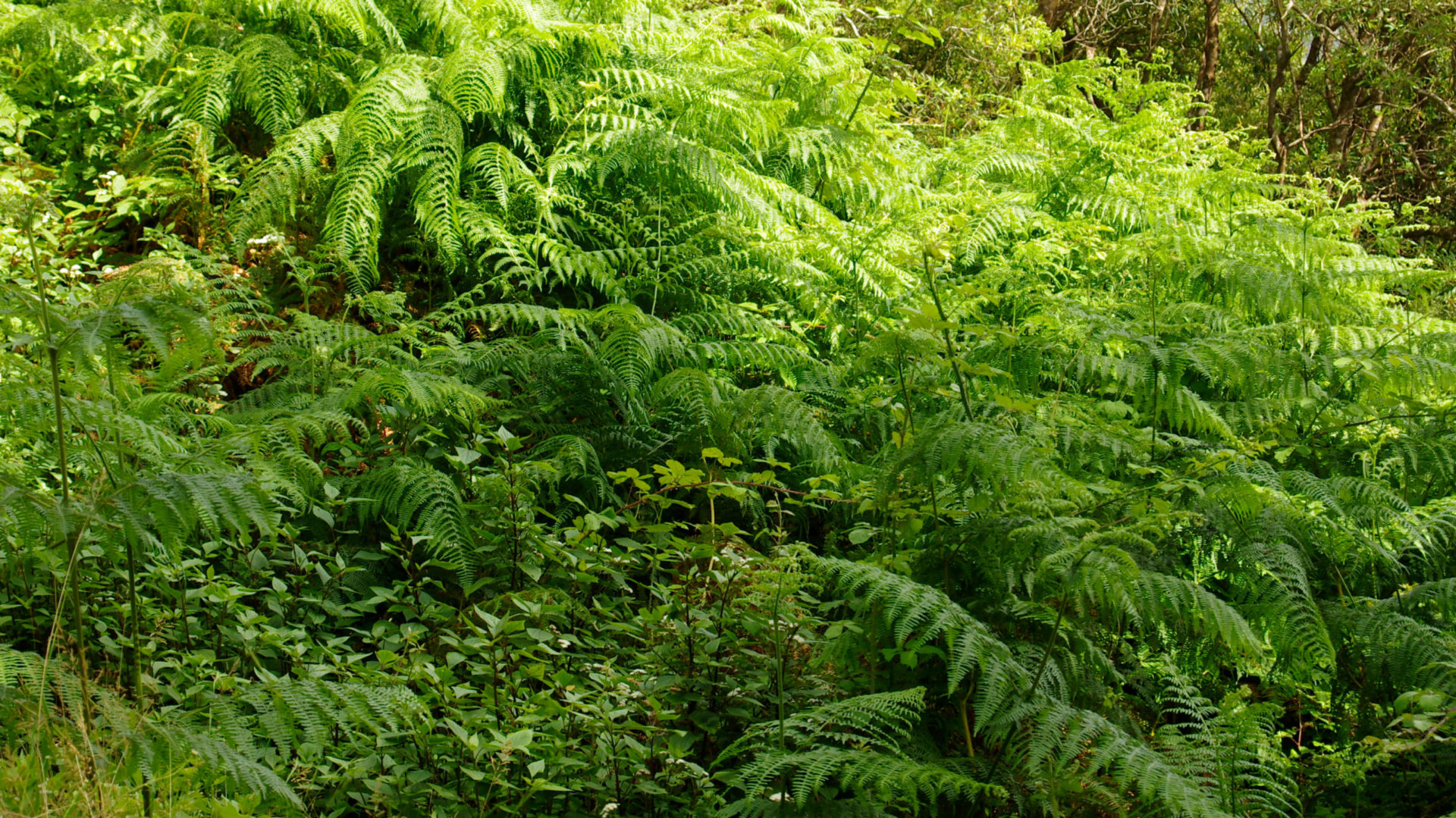Tsafack N, Alignier A, Head GP, Kim JH, Goulard M, Menozzi P & Ouin A.
Landscape effects on the abundance and larval diet of the polyphagous pest Helicoverpa armigera in cotton fields in North Benin. Pest Management Science, 72 : 1613–1626. 2016. https://doi.org/10.1002/ps.4197 IF=3.75
Abstract
BACKGROUND
The noctuid Helicoverpa armigera is one of the key cotton pests in the Old World. One possible pest regulation method may be the management of host crop in the landscapes. For polyphagous pests such as H. armigera, crop diversity and rotations can offer sequential and alternate resources that may enhance abundance. We explore the impact of landscape composition and host crop diversity on the abundance and natal host plant use of H. armigera in northern Benin.
RESULTS
Host plant diversity at the largest scale examined (500 m diameter) was positively correlated with H. armigera abundance. Host plant diversity and the cover of tomato crops were the most important variables in relation to high abundance of H. armigera. Host plant (cotton, maize, tomato, sorghum) proportions and C3 versus C4 plants did not consistently correlate positively with H. armigera abundance. Moth proportion derived from cotton-fed larvae was low, 15% in 2011 and 11% in 2012, and not significantly related to H. armigera abundance.
CONCLUSION
Cotton crop cover was not significantly related to H. armigera abundance and may be considered as a sink crop. Landscape composition and sequential availability of host plants should be considered as keys factors for further studies on H. armigera regulation. © 2015 Society of Chemical Industry
